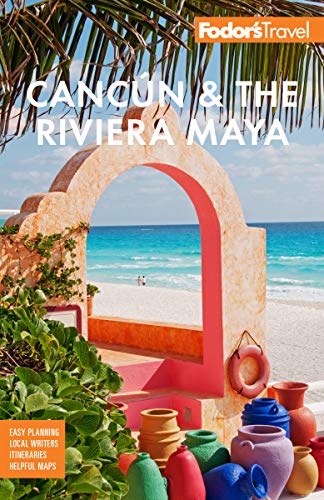Mexican Food Primer
Regional culinary characteristics make it difficult to define "Mexican food" as a whole. Its complexity is a direct result of the different ingredients that are available within each region.
Still, there are overlapping items used throughout much of the county. The most frequently used spices are chile powder, cumin, oregano, cilantro, epazote, cinnamon, and cocoa. Chipotle, a smoke-dried jalapeño chile, is common, as are tomatoes, garlic, onions, and peppers. Rice is the most common grain, but corn, beans, and chiles are considered the cornerstones of Mexican cuisine.
The Spanish introduced rice, wheat, olive oil, nuts, cinnamon, wine, and parsley, and a variety of animals including cattle, chickens, goats, sheep, and pigs. These ingredients were incorporated with indigenous corn-based dishes, beans, turkey, fish, vanilla, chocolate, and fruits such as guava, pineapple, and papaya, giving us what we now know as Mexican food.
Just Desserts
Locally grown fruits like mango, mamey, cherimoya, pomegranate, tuna (cactus apple), and strawberries are delicious alone or served with a dollop of cream and sugar. Stewed peaches and guavas are refreshing on a hot summer day, especially with a side of nieves (sherbet or sorbet). Among Mexico’s most common desserts are tres leches (sponge cake soaked in three types of milk), churros (fried-dough pastry), and arroz con leche (rice cooked in milk with sugar and cinnamon). Capirotada (Mexican bread pudding), traditionally eaten during Lent, is made from French bread soaked in syrup, sugar, cheese, raisins, and walnuts.
Regional Cuisines
Mexican food is much more than burritos, tacos, and rice and beans. Traditional recipes reach far beyond these stereotypical dishes, varying by region as a result of the climate, geography, local ingredients, and cultural differences among the inhabitants.
Yucatán Peninsula. The cuisine of the Yucatán Peninsula has both strong European and Mayan influences. Specialties of the region include cochinita pibil (seasoned pork colored with annatto seed and wrapped in banana leaves), turkey with black stuffing, and papadzules (tortillas filled with hard-boiled eggs and topped with a pumpkin seed sauce). Unique to Yucatán's cooking is the earthen pit oven where meats are slowly cooked with recado negro or chilmole (a blend of dried chiles that are set aflame and ground with spices to create a paste).
Mexico City and Environs (including Puebla). Largely influenced by the rest of the country, Mexico City still has original dishes such as carnitas (braised or roasted pork), menudos (tripe stew), and pozole (pork and hominy soup). Mexico City is also known for its incredible cheeses, tamales, and yellow-corn tortillas. The favored mixiote (mutton wrapped in maguey leaves) is slowly steam-baked in a pit oven. Puebla produces various species of cacti including maguey and nopal, which can be eaten as a vegetable (de-spined, of course) or used to make juices and sorbets. Puebla is best known for mole poblano (thick, chocolate-tinged sauce) and chiles en nogada (stuffed chiles topped with a walnut cream sauce).
Oaxaca. With a strong pre-Hispanic influence, the state of Oaxaca has the second-highest percentage of indigenous residents in Mexico, exceeded only by the Yucatán. Gusanos de maguey (worms) and chapulines (grasshoppers), originally indigenous foods, are fried and eaten like roasted peanuts or sprinkled onto tacos. Oaxaca takes pride in its assortment of chiles, including yellow and black chilhuacles, costeños, and the large, light green chiles de agua.
Veracruz. Spanning the coast of the Gulf of Mexico, the cuisine here is characterized geographically by fish and seafood. It is also one of the most versatile agricultural regions of Mexico. Nut- and seed-based sauces are very popular, as are spicy chicken and vegetable dishes. Spanish influence is evident in the pescado a la veracruzana, fish made with tomato sauce, capers, and olives.
North Mexico. Known for having the best meat in the country, North Mexico has contributed flavorful carne asadas (char-grilled meats) like arrachera (flank steak), commonly served with black beans and rice. Peaches, apples, and pecans are cultivated in the north, and the rich red soil of Zacatecas is excellent for growing chiles.




